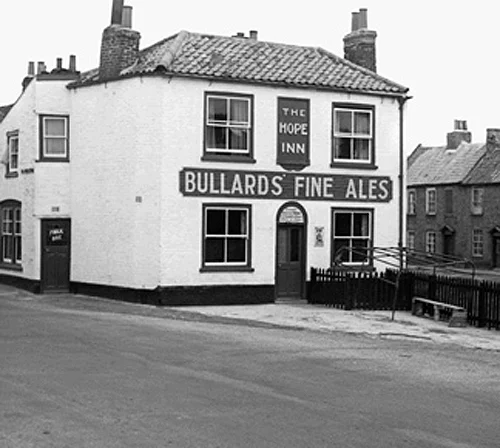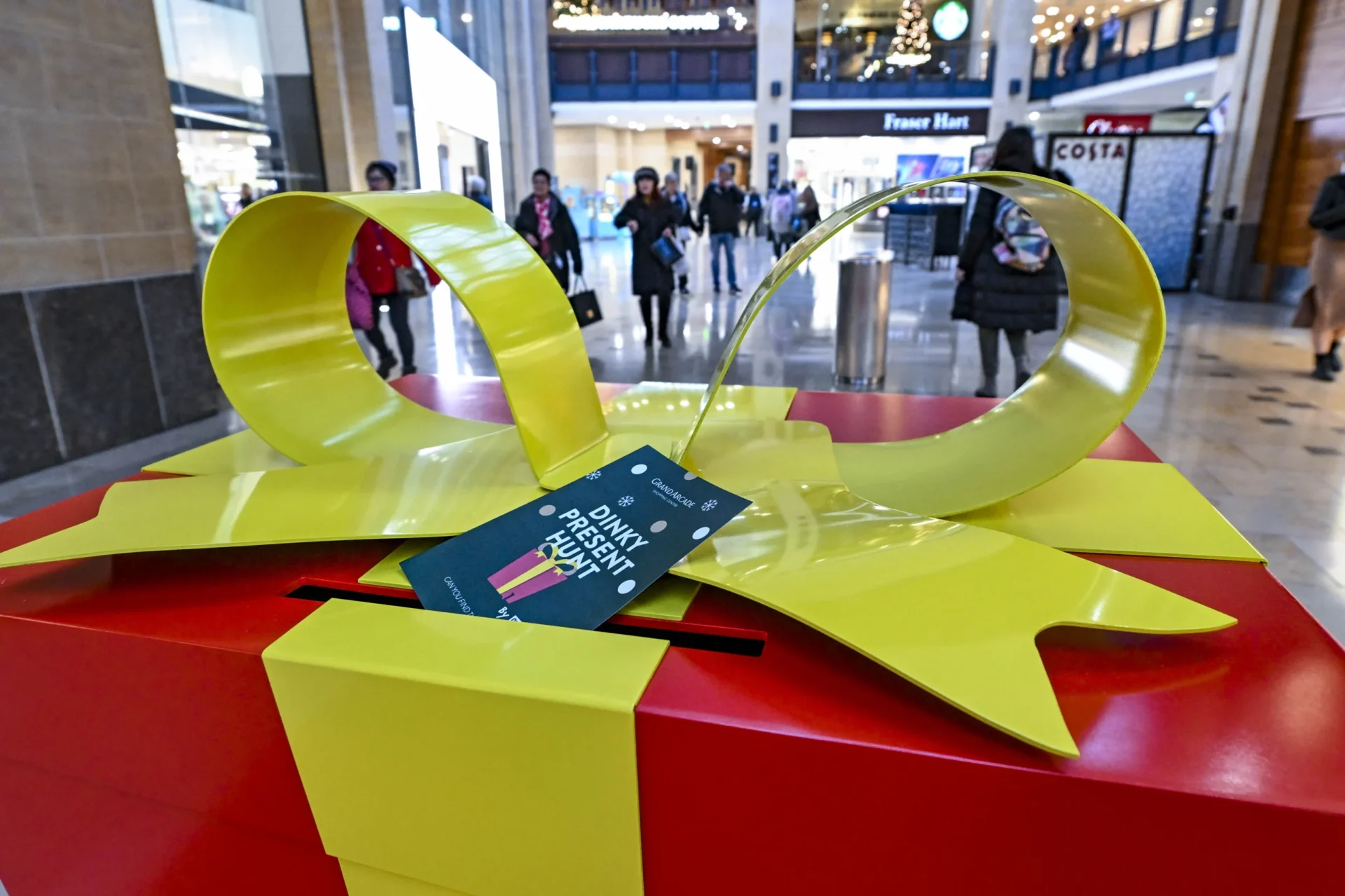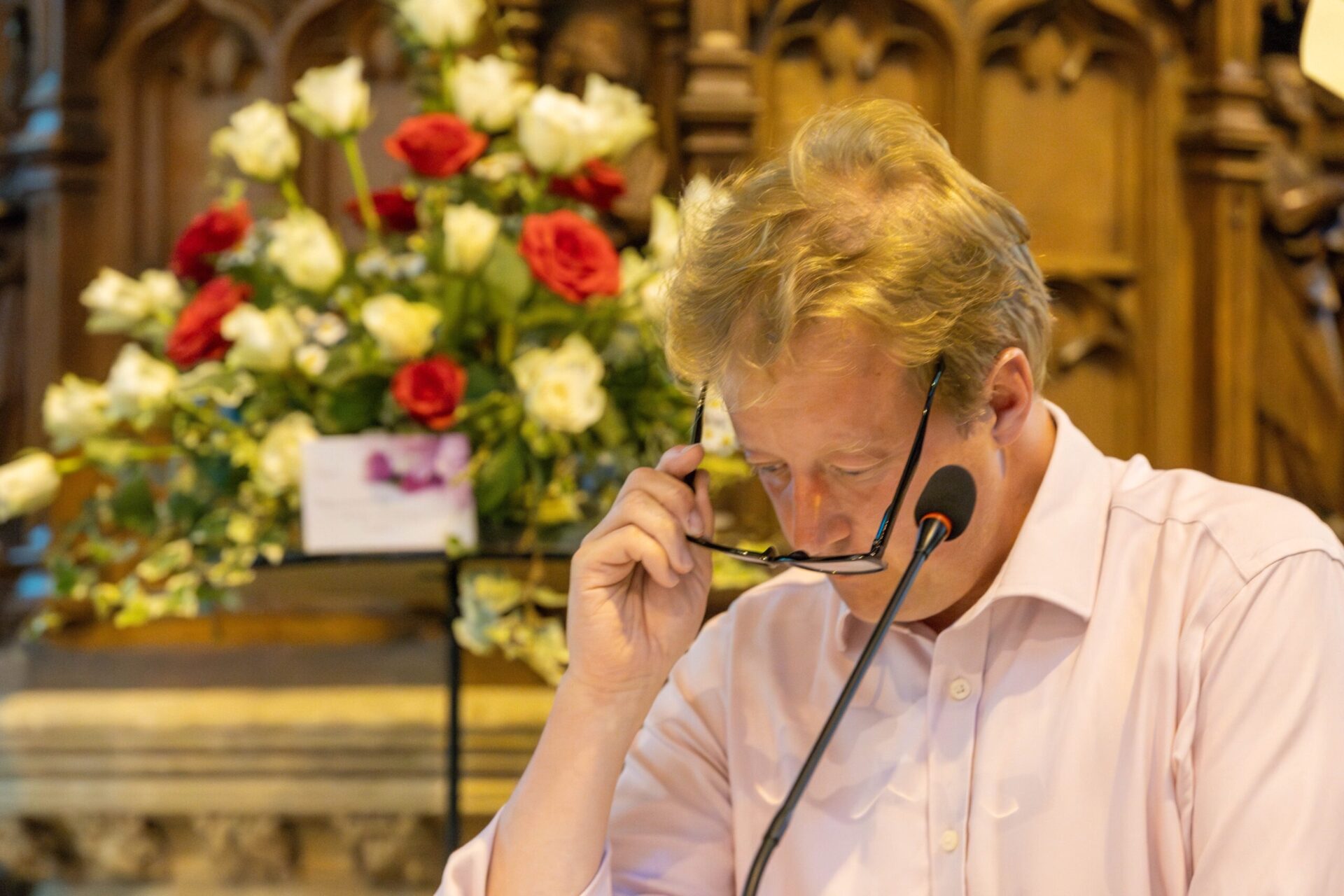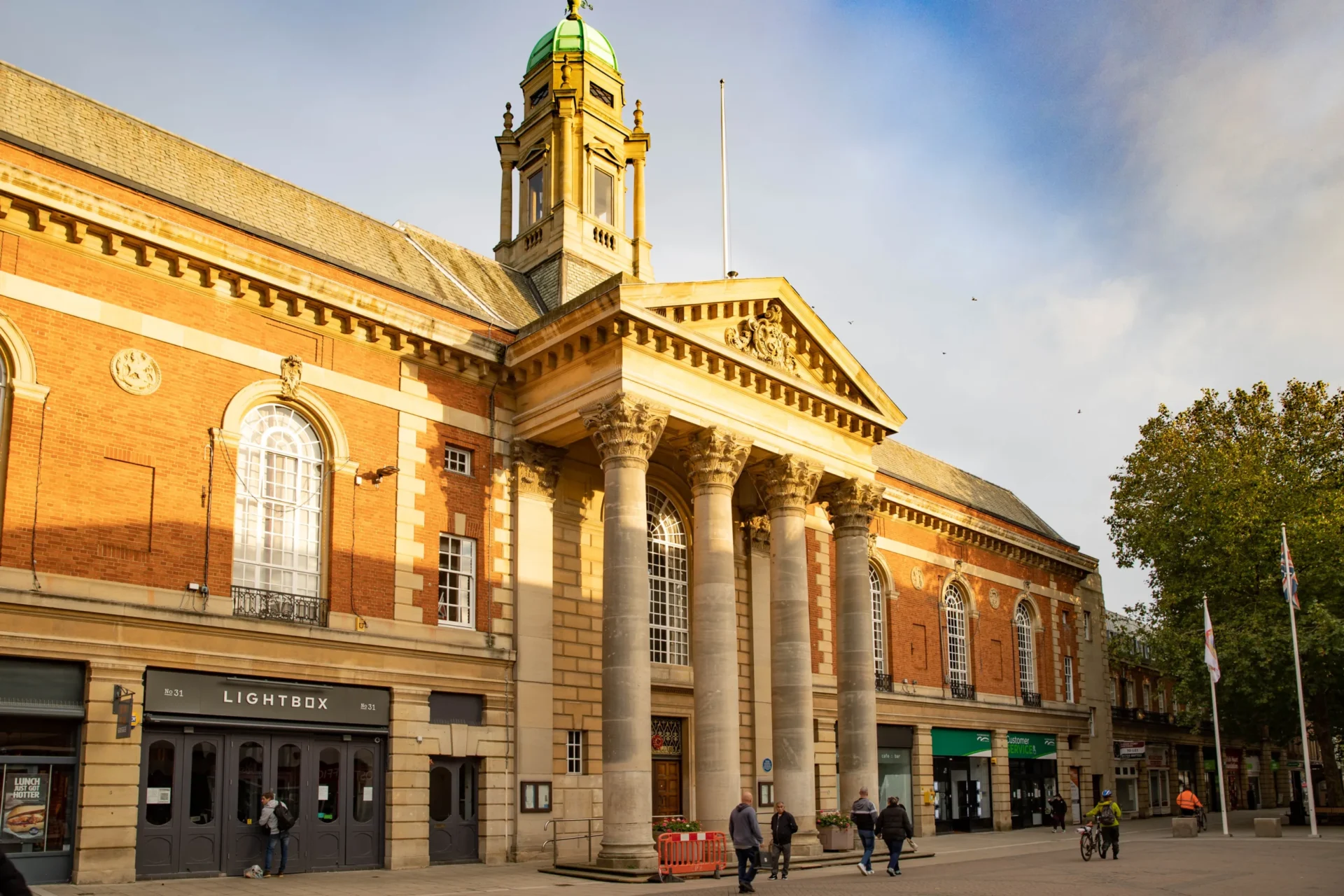There were hundreds and now there are ten.
Since the grandest of them, the Rose and Crown Hotel, closed (temporarily) last month, the number of surviving pubs in Wisbech risks dropping to single figures.
And a new series of books published by the Friends of Wisbech Museum – Volume Four just out and on sale at the Museum and the Community Hub (formerly Etcetera) at £14 – tells their story.
Author Andy Ketley, born in Wisbech and a resident here most of his life, is now writing up The Rose and Crown for Volume Five. So far, he has charted 150 Wisbech hostelries.
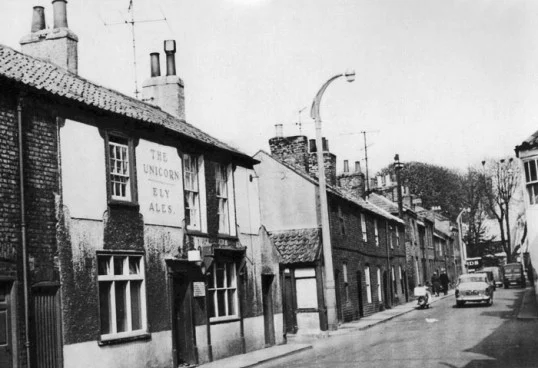
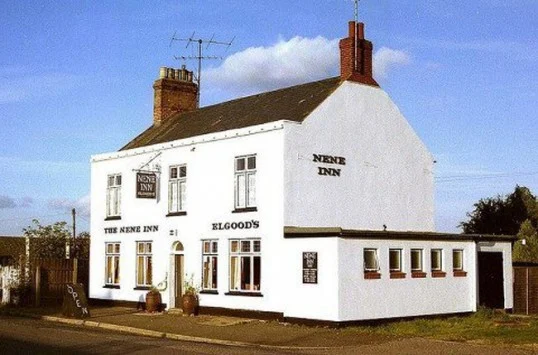
He said: “I would go round the pubs as a youngster in the late Sixties when they were buzzing and apart from my family’s local, The Locomotive, they’ve almost all gone.
“I want to remember and celebrate them and have found that their story is a social history of Wisbech, with all its difficulties.
“I was stationed with the RAF in Wales, but I would hitch back to Wisbech every weekend to drink in the Locomotive.
“It was never really about the beer, in those days it was Watney’s, horrible stuff. It was the talk, the people, the landlords and landladies, the regulars, the teams. It still is.”
Andy remembers coming home for his 48-hour pass in the 1970s to find whole streets and districts – and the pubs that stood on every corner – had been flattened in the name of slum clearance. Whole communities were split up and never replaced.
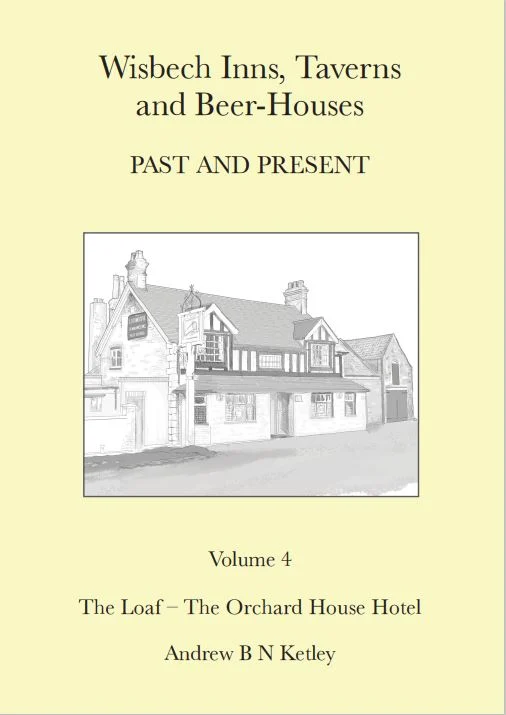
Not all the stories he has uncovered have been celebratory.
He found that in the 1840s the Rose Tavern on the North Brink was called the Mason’s Arms, and behind it stood Mason’s Arms Yard – 15 dwellings tightly packed together housing seventy-five people with only one privy (toilet) mounted over a stinking ditch.
It was a truly grim place, and a high proportion of residents were wiped out by a cholera epidemic.
The books are illustrated by photographs taken by Geoff Hastings, the artist who produced a famous series of drawings of Old Wisbech and left them to Andy.
https://www.wisbechmuseum.org.uk/
The drawings are in Wisbech and Fenland Museum now and they include a great many of the town’s lost pubs.


